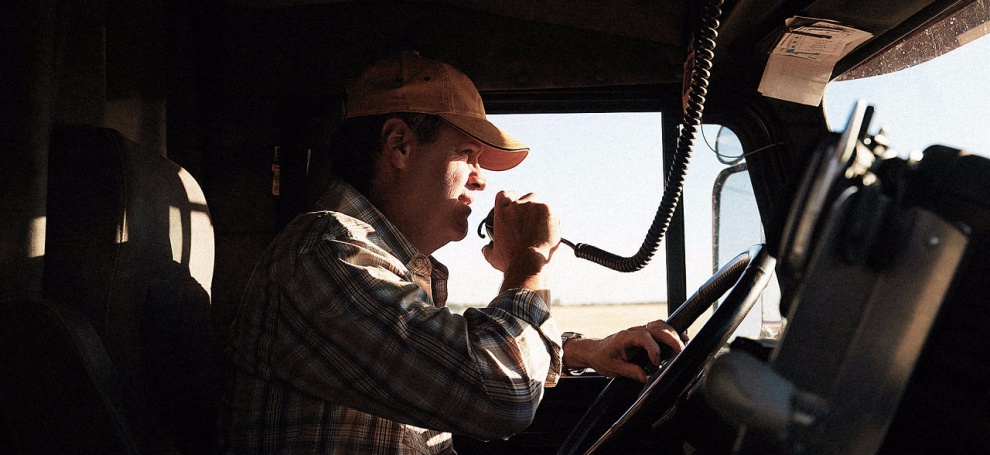Soon truck drivers may become victims of the robot era

It is quite reasonable today to put self-driving trucks on the roads. True, these will be difficult times for those who depend on the scope of transportation.
For example, in America there are 3.5 million truck drivers, 5.2 million people who perform functions that are not directly related to driving, and millions more who depend on the trucking industry, for example, employees at parking lots and petrol stations. Why is this so important? Because so many people who depend on this industry will most likely be left without work in the future.
')
This future is almost here . Trucks are becoming more autonomous . In May of this year, Daimler launched Inspiration Truck, the first self-driving truck with a license to test on an open road.
Other manufacturers are also working on similar projects , back in 2013, NEDO (Organization for the Development of New Energy and Industrial Technologies) tested the possibility of "caravan traffic" when a group of autonomous vehicles headed by one leading vehicle.
In addition, truck drivers are relatively “expensive”, earning an average of $ 40,000 a year, which makes their jobs attractive for automation.
Trucks often drive on long, relatively empty roads, which simplifies automation compared to vehicles that need to be oriented in an urban environment .
Safety in the development of highly efficient technological solutions is not just a trend, but a necessity, which, in fact, all world manufacturers are striving for. Volvo Trucks evidence of this:
Meanwhile, Samsung is testing its "the safety truck" on the roads of Argentina:
The idea that robots can take away jobs from most professionals seems only theoretical. But this is up to the moment until you consider the actual number of jobs that are at risk in only one industry - for example, road haulage. Then everything becomes much worse.
"We are facing the deterioration of the economy of entire small towns, before destruction, similar to what happened after the construction of the interstate highway system bypassing entire cities," said Scott Santens, a writer from New Orleans, in his recent post on Medium.
He cites a lot of evidence to support his claim, starting with the fact that the freight industry is the largest source of employment in more than half of the US states. A truck driver is also one of those professions where people still get paid decently, even if they don't have a college degree.
"A truck driver is probably the last job where you can get a middle-level salary, while having only a secondary education. Truckers are essentially the last representatives of the impoverished population who were employed in production before their middle-income jobs were transferred abroad."
Drivers often make mistakes: 330 thousand trucks got into accidents in 2012, 90% of which were caused by a person driving. According to forecasts, automation can contribute to a smaller number of dead and wounded, while at the same time reducing insurance costs and liability of trucking companies.
Of course, this will not happen overnight. A Daimler truck still needs a driver in case something goes wrong. In addition, there are many legislative and regulatory issues that need to be addressed. But the shift has certainly begun, and this process is likely to end in the second half of the next decade.
“In principle, the only real barrier to the immediate implementation of self-driving trucks is of a purely legal nature, not technical or economic,” says Santens.
However, the question is what people will do for money when there is no work. Santens is a proponent of universal basic income - the radical idea of eliminating poverty, which is gaining increasing support. By reading Santens, you can understand why we need such a structure of society.
Source: https://habr.com/ru/post/367759/
All Articles